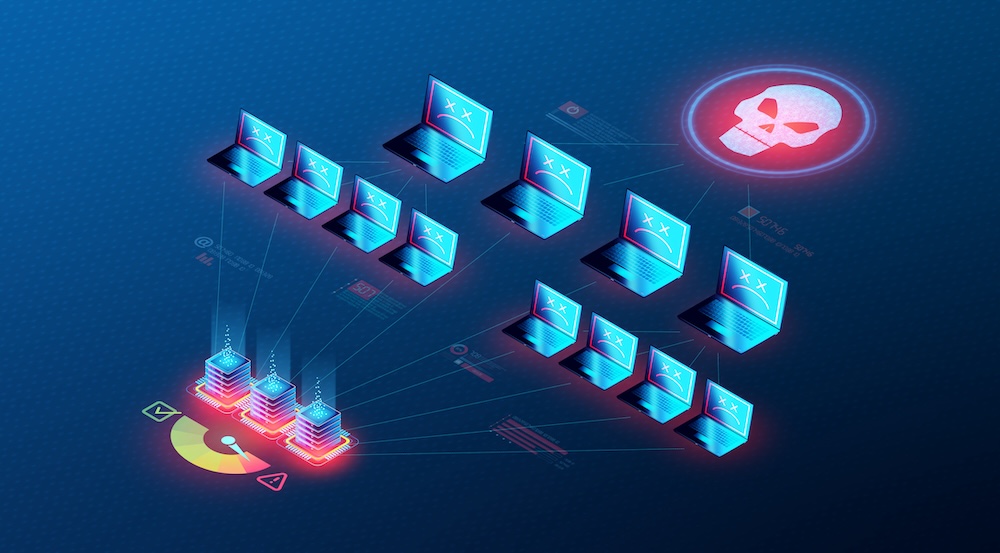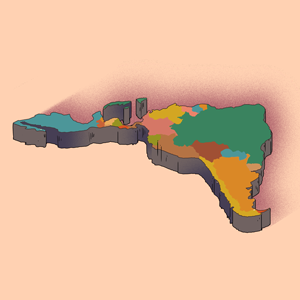How Helsinki ditched coal in just 2 years
A few years ago, if you turned on the heat in an apartment in Helsinki, the energy typically came from coal. But the city’s power company shut down one coal plant in 2023, and the remaining one closed this week—four years earlier than a target set by the national government. “Within two years, we have completely phased out coal,” says Olli Sirkka, CEO of Helen, the power company, which is a subsidiary of the city. The city has one of the world’s biggest district heating systems, with a network of underground pipes filled with hot water that deliver heat to buildings. It takes a huge amount of energy to run. One large chunk of that now comes from wind power, which has more than doubled in Finland since 2020. Helsinki is now building the world’s largest heat pump, which will send heat to 30,000 homes when it starts running in 2026. At the site of one of the closed coal plants, the city is also building a new facility that will capture heat from the Baltic Sea. Some of the energy also now comes from wood pellets, which Helsinki is using temporarily as it transitions completely away from combustion. (Wood helped replace natural gas from Russia after the invasion of Ukraine, but isn’t a good long-term solution. Burning it still produces CO2, it puts pressure on forests, and it’s more expensive than other alternatives; Finland plans to phase it out completely by 2040.) Helsinki also uses some hydro and nuclear power, and as much waste heat as possible. That includes capturing heat from local data centers and wastewater. Though the coal plants shut down quickly, the push to close them started more than a decade ago. In 2015, a campaign called Coal Free Helsinki convinced the city council to commit to closing the first coal plant. “I think activists played a really big role,” says Amanda Pasanen, who previously studied the coal phaseout and is now a city councilmember. “It was very much due to public pressure that they decided to quit coal burning.” At that point, it still wasn’t clear how it could happen. “Then, it was considered a completely impossible goal,” says Sirkka. “It was only maybe four years ago there was a solid decision that this has to happen. And then it started to roll really, really fast.” [Photo: Helen Ltd] The steep drop in the cost of wind power, thanks to technological advancements and scaled-up production, was key. “Wind power decreased electricity prices so much that it’s actually a very good business case to replace coal with electricity,” he says. On the day we talked, it was windy enough that electricity prices in Finland had dropped to zero. (Finland is a fairly windy place and well suited for the technology; while it also has some solar power, it’s so far north that it isn’t sunny in the winter, and solar can’t really be used to power heating.) The power company continually monitors energy sources, shifting from one source to another to optimize costs. The city’s layout, with the district heating system, helped make the switch easier than if every single building had to be retrofitted with different technology. “It’s easier to implement these environment-friendly solutions in a centralized system where you have district heating and where you can use your economies of scale,” says Helsinki Mayor Juhana Vartiainen. Other factors also pushed the company to act quickly. The EU’s emissions trading system increased the price of coal as carbon prices rose over time. In 2019, Finland passed a national law to phase out coal by 2029 as part of its climate plan. Changes in national tax policy made coal more expensive and clean power cheaper. In 2021, Helsinki decided to speed up its own plan to become carbon neutral, moving the target date from 2035 to 2030. “There is broad political consensus on the issue [of climate action],” says Vartiainen, noting that when he took office in 2021, there was nearly unanimous agreement that Helsinki should move faster on its already-ambitious plans to cut emissions. Yet even with that political mandate, it wasn’t guaranteed that the change would happen quite as quickly as it did. “It’s been quite surprising,” Vartiainen says, “to see how fast this shift to electricity has taken place.”

A few years ago, if you turned on the heat in an apartment in Helsinki, the energy typically came from coal. But the city’s power company shut down one coal plant in 2023, and the remaining one closed this week—four years earlier than a target set by the national government.
“Within two years, we have completely phased out coal,” says Olli Sirkka, CEO of Helen, the power company, which is a subsidiary of the city.
The city has one of the world’s biggest district heating systems, with a network of underground pipes filled with hot water that deliver heat to buildings. It takes a huge amount of energy to run. One large chunk of that now comes from wind power, which has more than doubled in Finland since 2020. Helsinki is now building the world’s largest heat pump, which will send heat to 30,000 homes when it starts running in 2026. At the site of one of the closed coal plants, the city is also building a new facility that will capture heat from the Baltic Sea.
Some of the energy also now comes from wood pellets, which Helsinki is using temporarily as it transitions completely away from combustion. (Wood helped replace natural gas from Russia after the invasion of Ukraine, but isn’t a good long-term solution. Burning it still produces CO2, it puts pressure on forests, and it’s more expensive than other alternatives; Finland plans to phase it out completely by 2040.) Helsinki also uses some hydro and nuclear power, and as much waste heat as possible. That includes capturing heat from local data centers and wastewater.
Though the coal plants shut down quickly, the push to close them started more than a decade ago. In 2015, a campaign called Coal Free Helsinki convinced the city council to commit to closing the first coal plant. “I think activists played a really big role,” says Amanda Pasanen, who previously studied the coal phaseout and is now a city councilmember. “It was very much due to public pressure that they decided to quit coal burning.”
At that point, it still wasn’t clear how it could happen. “Then, it was considered a completely impossible goal,” says Sirkka. “It was only maybe four years ago there was a solid decision that this has to happen. And then it started to roll really, really fast.”

The steep drop in the cost of wind power, thanks to technological advancements and scaled-up production, was key. “Wind power decreased electricity prices so much that it’s actually a very good business case to replace coal with electricity,” he says. On the day we talked, it was windy enough that electricity prices in Finland had dropped to zero. (Finland is a fairly windy place and well suited for the technology; while it also has some solar power, it’s so far north that it isn’t sunny in the winter, and solar can’t really be used to power heating.) The power company continually monitors energy sources, shifting from one source to another to optimize costs.
The city’s layout, with the district heating system, helped make the switch easier than if every single building had to be retrofitted with different technology. “It’s easier to implement these environment-friendly solutions in a centralized system where you have district heating and where you can use your economies of scale,” says Helsinki Mayor Juhana Vartiainen.
Other factors also pushed the company to act quickly. The EU’s emissions trading system increased the price of coal as carbon prices rose over time. In 2019, Finland passed a national law to phase out coal by 2029 as part of its climate plan. Changes in national tax policy made coal more expensive and clean power cheaper. In 2021, Helsinki decided to speed up its own plan to become carbon neutral, moving the target date from 2035 to 2030.
“There is broad political consensus on the issue [of climate action],” says Vartiainen, noting that when he took office in 2021, there was nearly unanimous agreement that Helsinki should move faster on its already-ambitious plans to cut emissions. Yet even with that political mandate, it wasn’t guaranteed that the change would happen quite as quickly as it did.
“It’s been quite surprising,” Vartiainen says, “to see how fast this shift to electricity has taken place.”

![How to Find Low-Competition Keywords with Semrush [Super Easy]](https://static.semrush.com/blog/uploads/media/73/62/7362f16fb9e460b6d58ccc09b4a048b6/how-to-find-low-competition-keywords-sm.png)


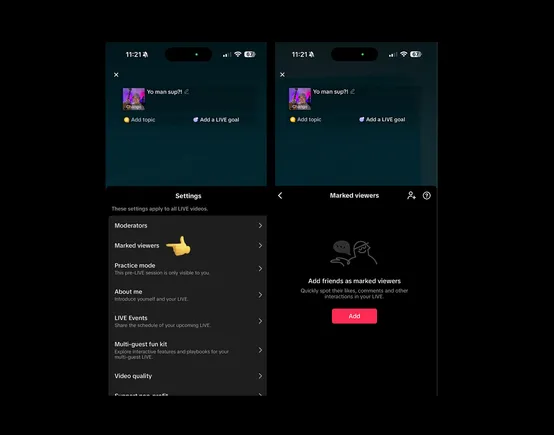

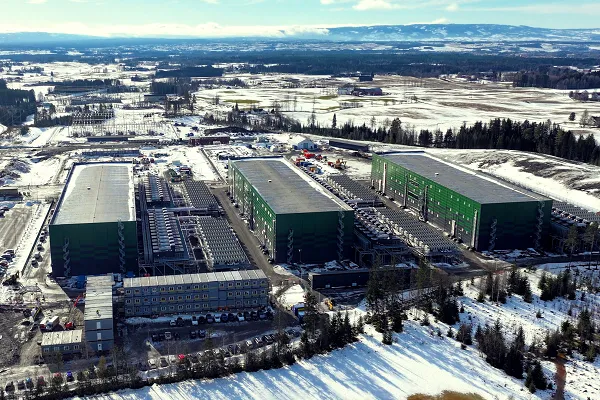





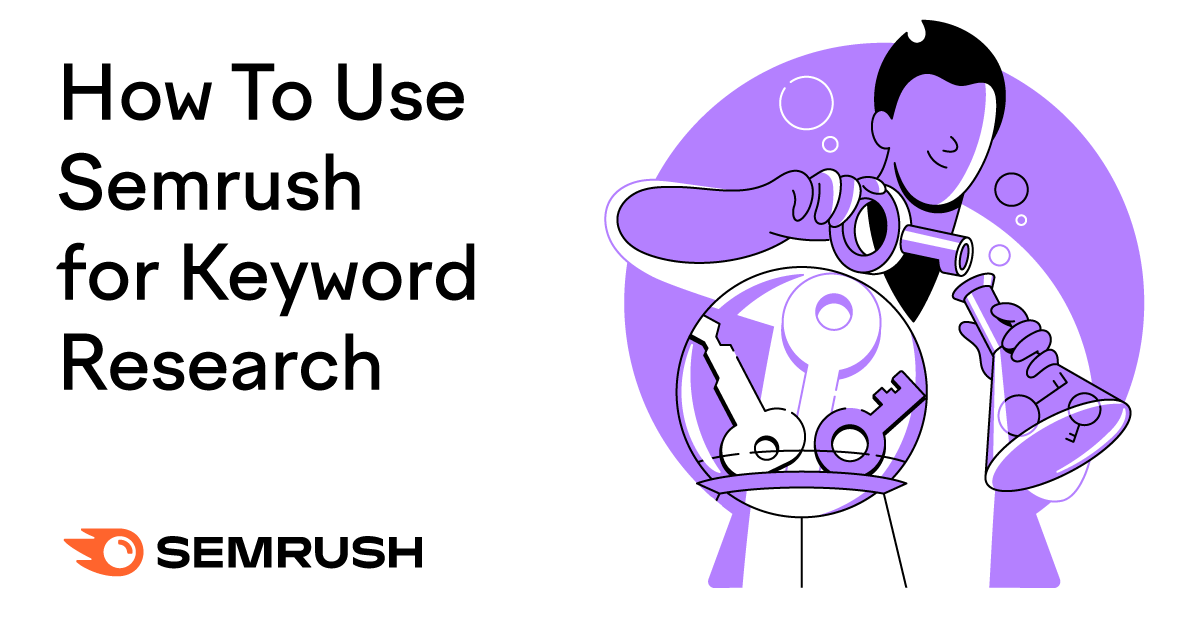













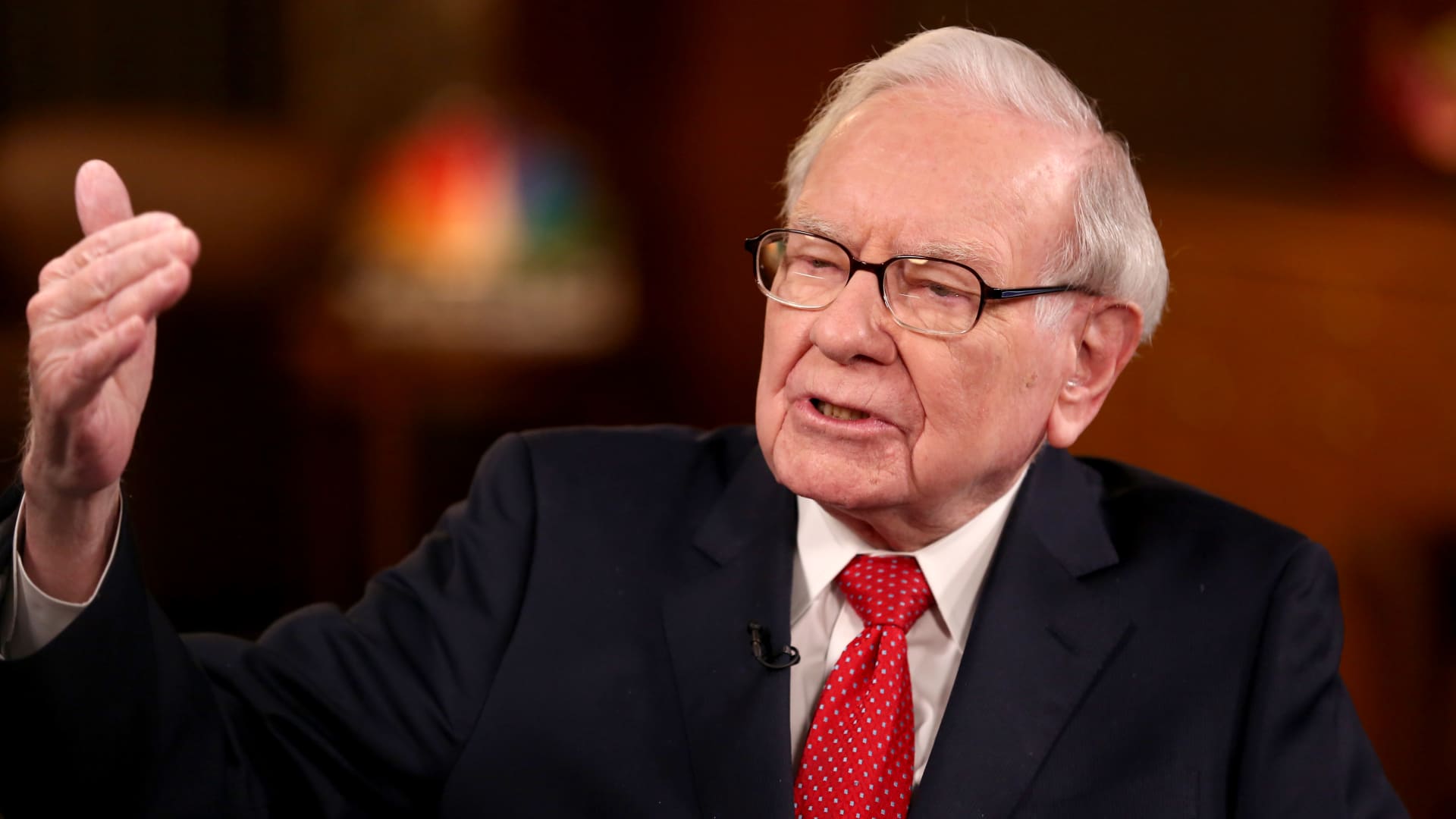




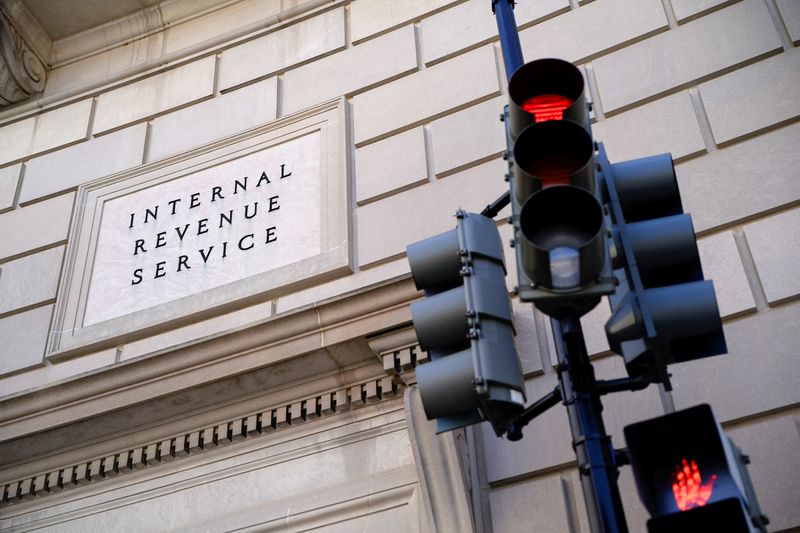
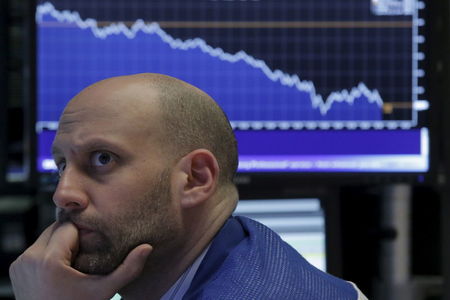









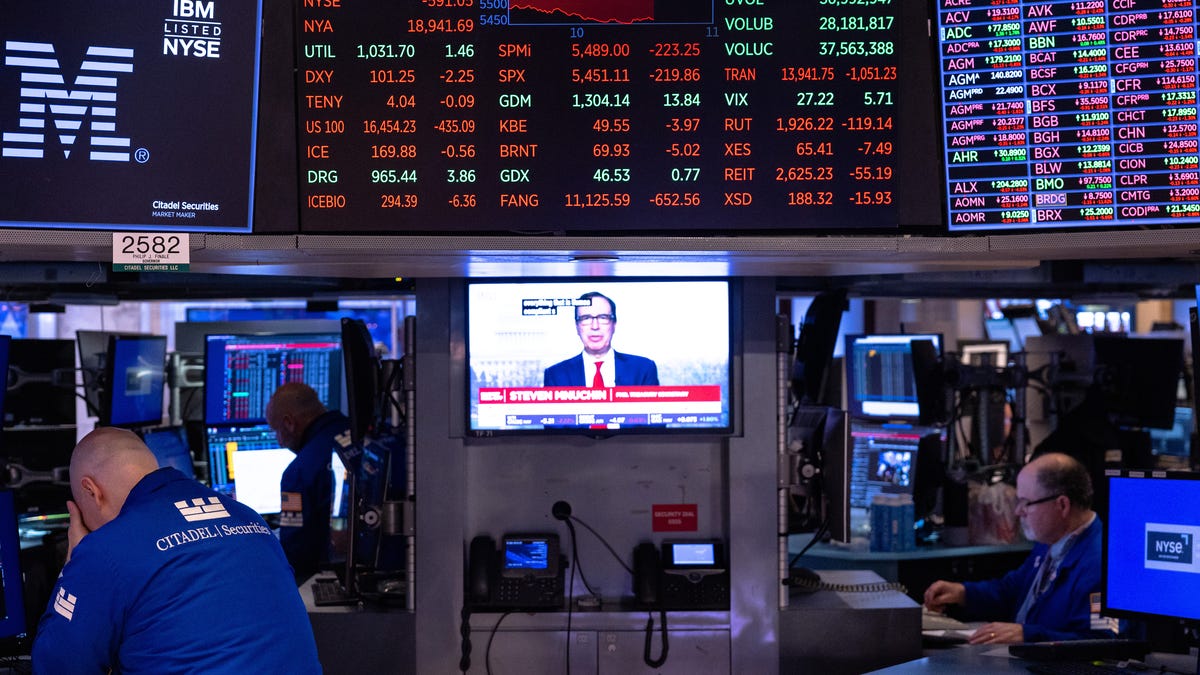
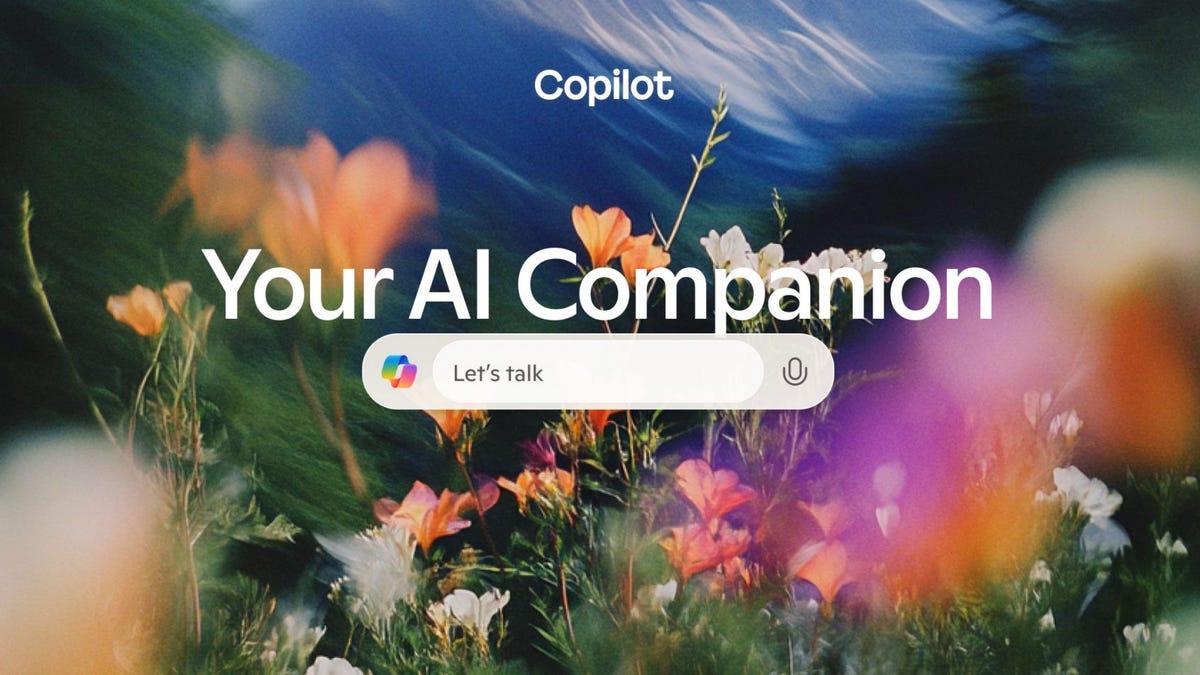
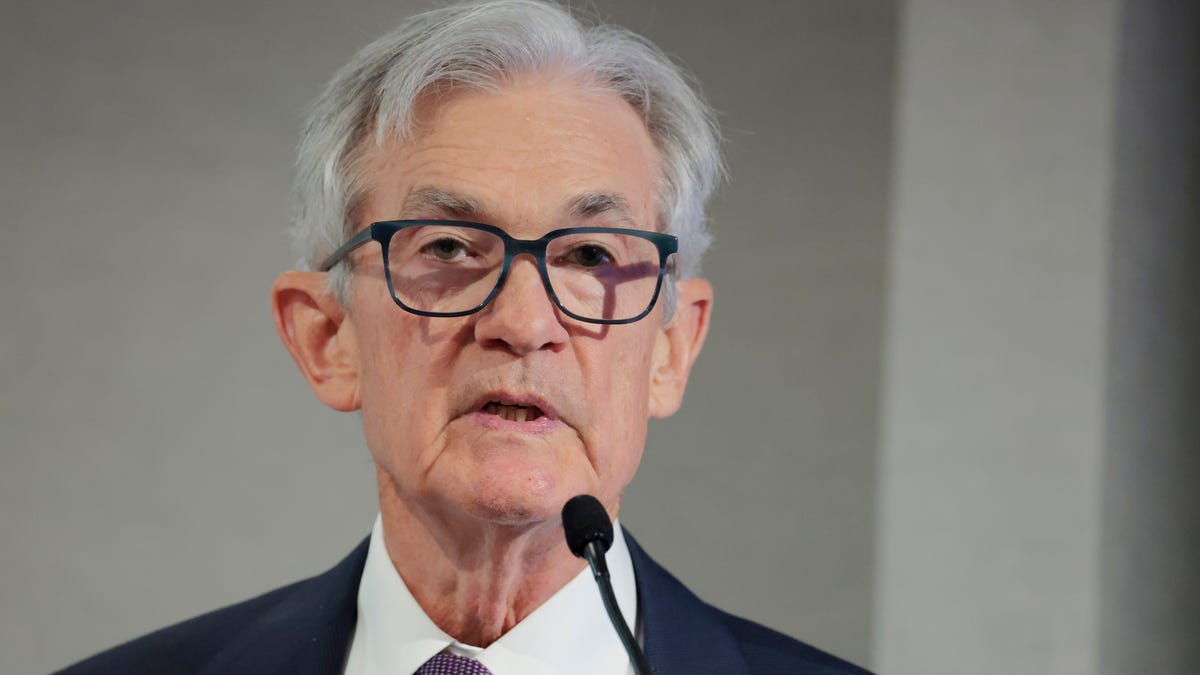









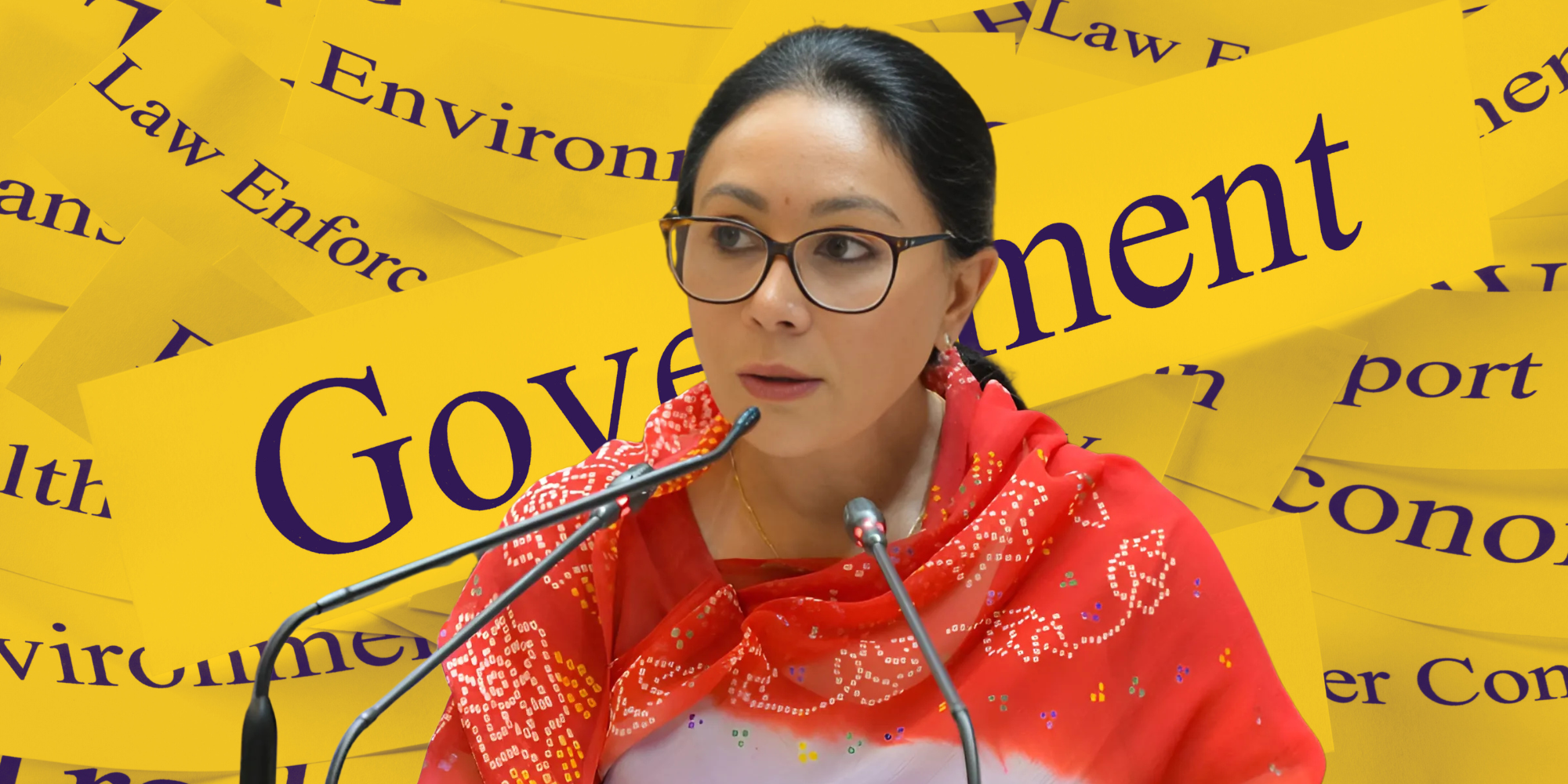




















































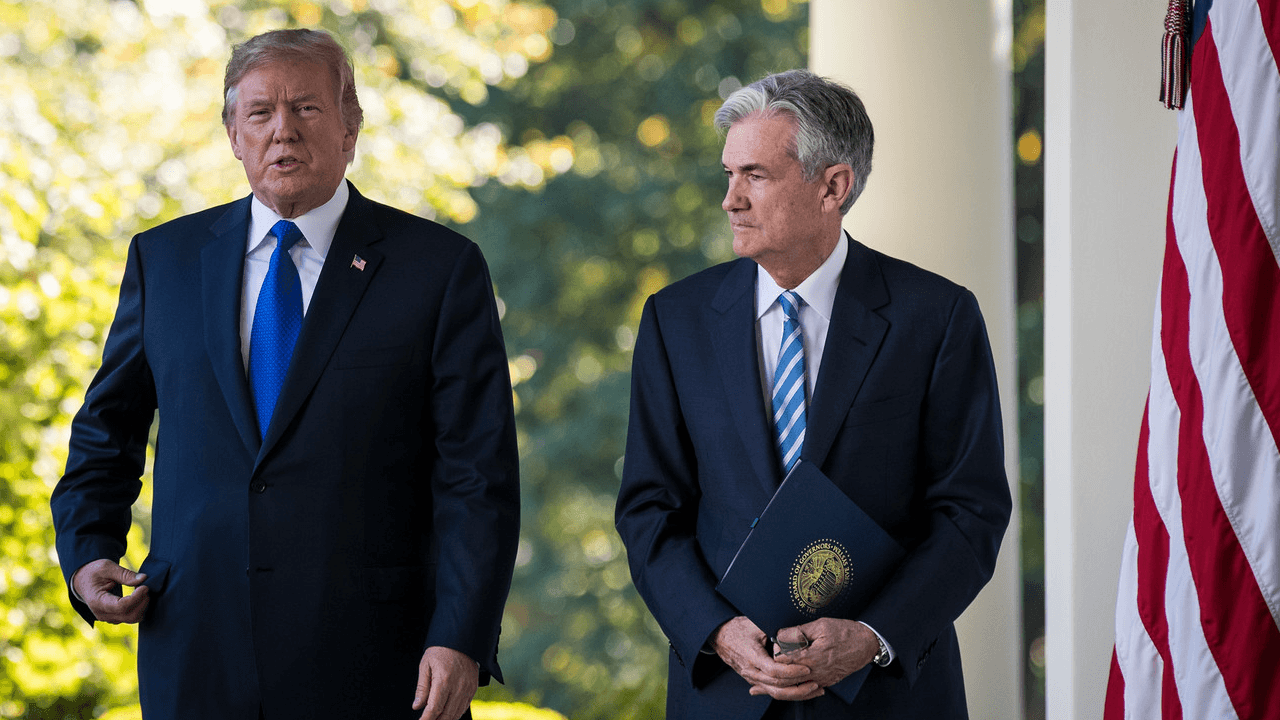





















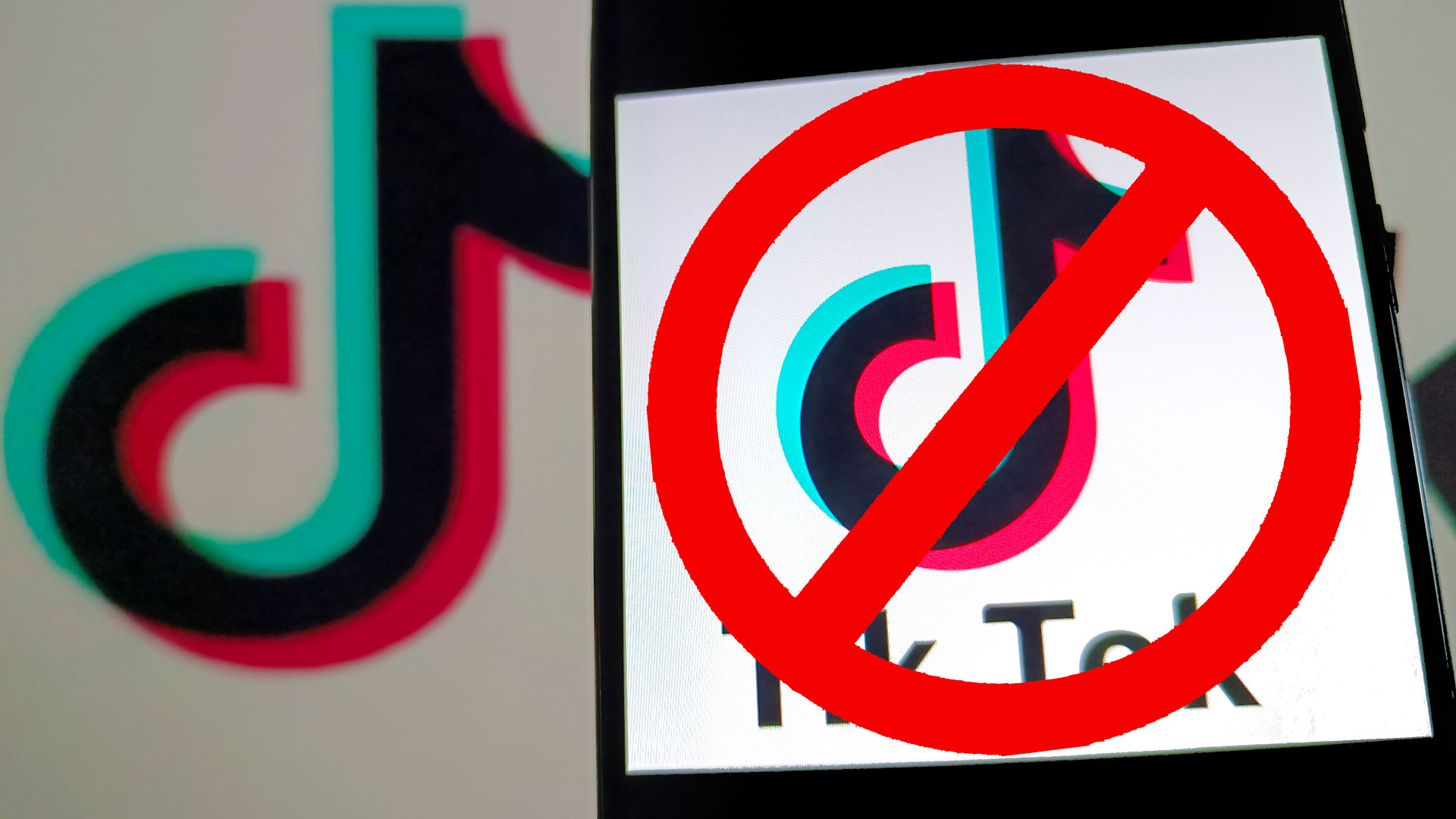
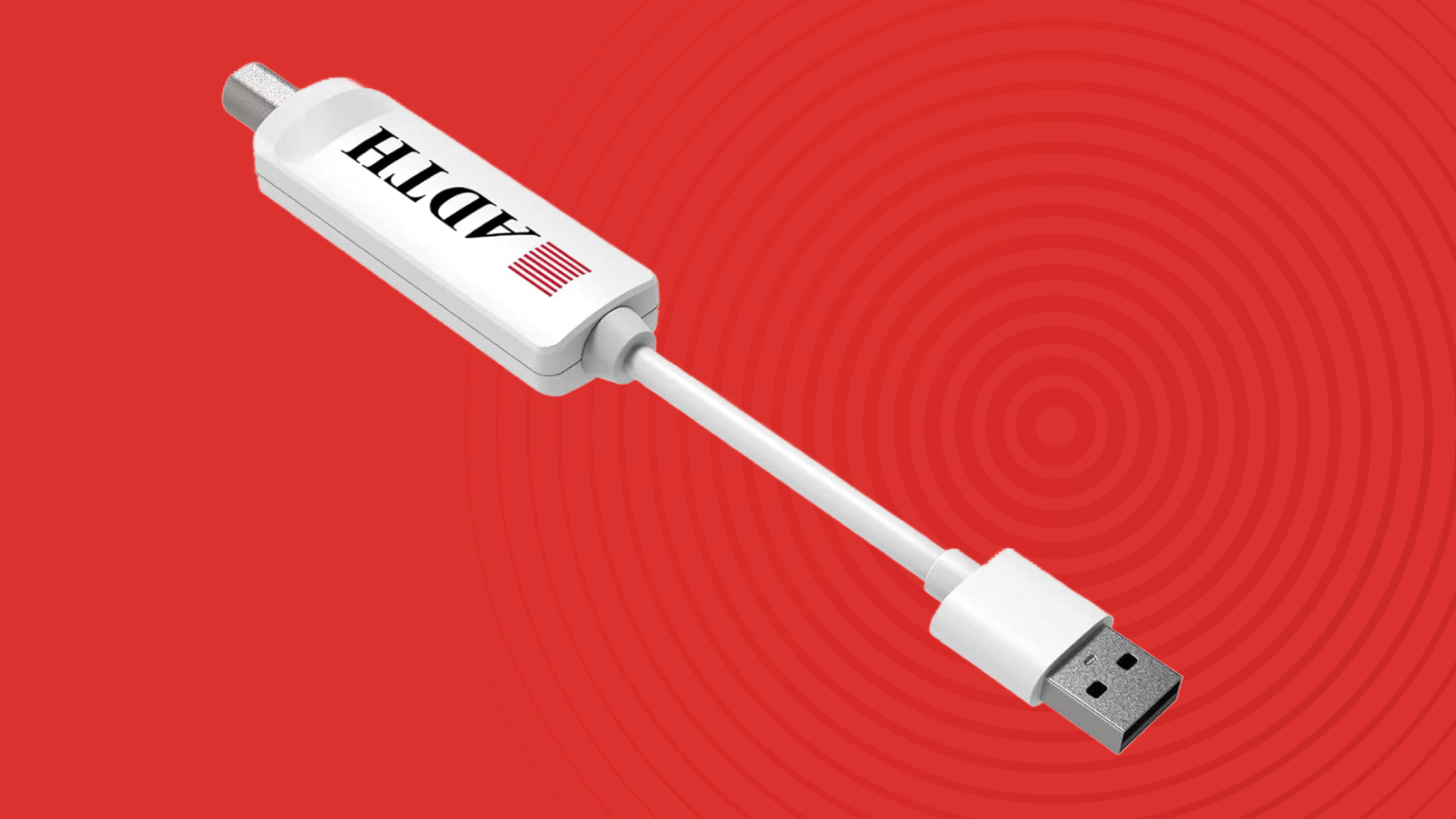







































.jpg)
%20Abstract%20Background%20112024%20SOURCE%20Amazon.jpg)







